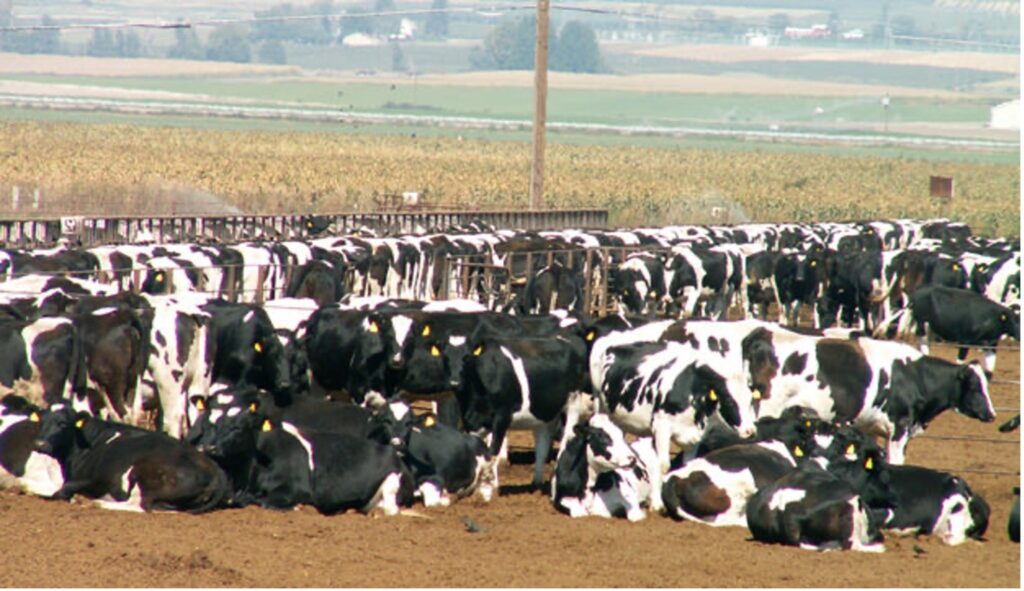Antibiotic Resistance
Antibiotic resistance is becoming increasingly prevalent in recent years. According to The Center for Disease Control (CDC), more than 2.8 million cases of antibiotic resistance occur each year (CDC, 2021). Antibiotic resistance can be defined as bacteria and fungi developing the ability to become impermeable to our current strains of antibiotics. Among the 2.8 million cases of antibiotic resistance, nearly 35,000 people die from infections that would have been previously overcome through antibiotics such as amoxicillin, ampicillin, dicloxacillin, and oxacillin (CDC, 2021). Bacteria are complex organisms that can communicate and transfer DNA from dead or live bacteria within the human body (CDC, 2021). This implies that live bacteria may have the ability to obtain antibiotic resistance DNA, even if the resistant bacteria were killed. Without an alternative antibiotic, if increased trends of resistance continue to rise, this ineffective treatment could disassemble our methods to fight infections.
ANHE’s recent presentation surrounding Antibiotic resistance can be found here.
Industrial Farming
Increasing evidence suggests that current agricultural practices exacerbate the increasing rate of antibiotic-resistant bacteria. A recent calculation from the FDA predicted nearly two-thirds of all antibiotic use stems from agriculture and food production. In addition, 65% of these antibiotics are sold as additives to animal feed (Roach, 2021).

The addition of medically important antibiotics has become common practice to offset crowded and unhygienic conditions often encountered in industrial farming. Antibiotics are added at routine and low doses to animal feed for the purpose of preventing disease and promoting growth. Since doses are given at subtherapeutic levels, an ideal environment for the proliferation of antibiotic-resistant bacteria is created. Resistant bacteria can then spread to humans through contamination of food supply, farmworker exposure, and environmental contamination of land, air, and water further exacerbating the global crisis of antibiotic resistance.
For further information, read the chapter in ANHE’s etextbook on Antibiotic Use in Agriculture.
Visit CDC’s website for more information on how antibiotic resistance can spread to humans from food-producing animals.
Visit the Natural Resources for Defense Council’s website for more information on the misuse of antibiotics in agriculture and what can be done to combat this issue. Read Biosafety and Health’s recent publishing Use of antimicrobials in food animals and impact of transmission of antimicrobial resistance on humans.
Prevention
To prevent the spread of antibiotic resistant bacteria we must:
- Acknowledge that antibiotic resistance is currently one of the most urgent threats to public health.
- Accept the fact that antibiotic resistance can affect any person.
Since we do not have alternative antibiotics, infections caused by resistant bacteria are difficult to treat. Often, these infections lead to hospital admissions, additional doctor visits, and the use of treatments are costly and potentially toxic to the patient (CDC, 2021).

- Be up to date on vaccinations, practice good hygiene and manage chronic conditions to avoid the need of antibiotic use.
- If prescribed antibiotics from your medical provider, finish the entire course of antibiotics.
Not doing so can cause residual bacteria from the infection to develop antibiotic resistance.
- Properly discard old medication at your local pharmacy.
Disposing of drugs in the toilet can leach into water systems causing antibiotic resistance.
For more information, please visit the CDC’s latest report here.
